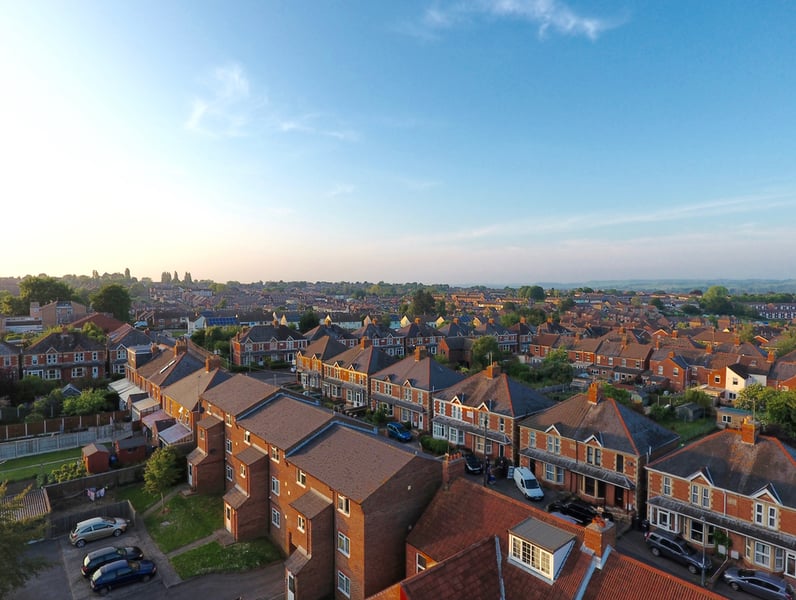The price gap between the first-time buyer market and the second steppers market is at its greatest margin since 2008.

The price gap between the first-time buyer market and the second steppers market is at its greatest margin since 2008, according to data collected by Project Etopia.
The analysis is based on the FTB market being representative of flats, and the second steppers market that of terraced houses.
Looking at the gap between the two property types it has increased by 141% since the financial crash, Project Etopia outlines.
In monitory terms, this represents an increase of £20,744 to £49,916.
The average price of a flat was £145,276 while the average terraced house was £195,191, a difference in price of 34.4%, the data shows.
On a regional basis, the margin between the two markets is smallest in Manchester at 4.1%.
In Luton the average price of a terraced house is 56.8% higher than the average flat.
Joseph Daniels, chief executive at Project Etopia, said: “There’s a potential housing crisis brewing which could damage the UK property market irreparably if it’s not addressed.
“The government has trumpeted its commitment to supporting FTBs, but it seems once you’re on the housing ladder you’re basically on your own.
“We’re told how difficult it is to purchase your first property, but many discover once they’re on the ladder, making the next step up is more problematic.
“The lack of three and four-bed family properties coming onto the market has seen the price gap between starter homes and family houses widen over the past decade.
“New family homes aren’t being built fast enough to increase stock levels, leaving many ‘second steppers’ unable to upsize and forced to remain in smaller properties, living under cramped and unacceptable conditions.
“Despite the government’s commitment to building more stock, family homes remain at a premium. An urgent solution is needed to rapidly increase the supply of homes to decongest this bottle-neck.”



